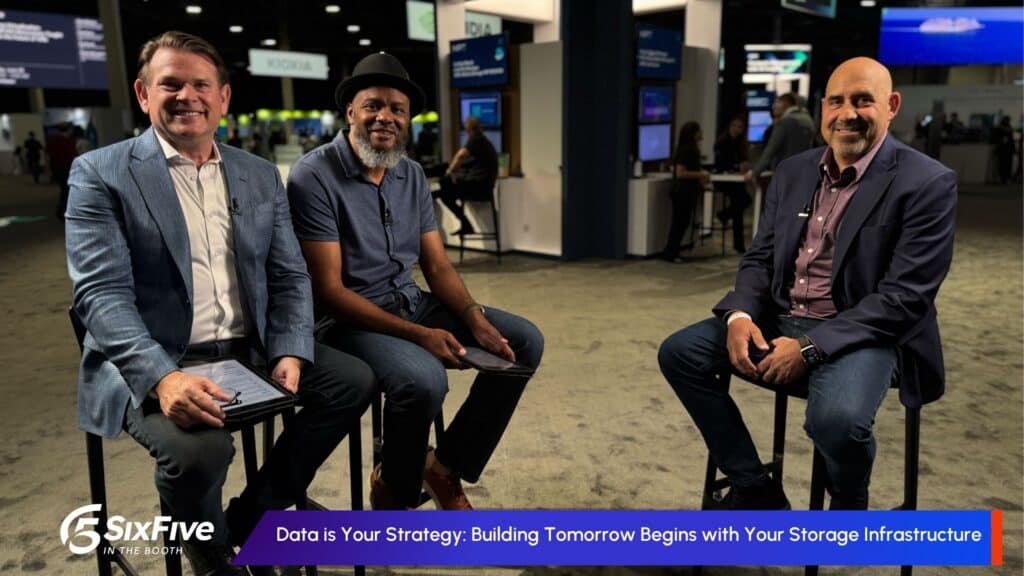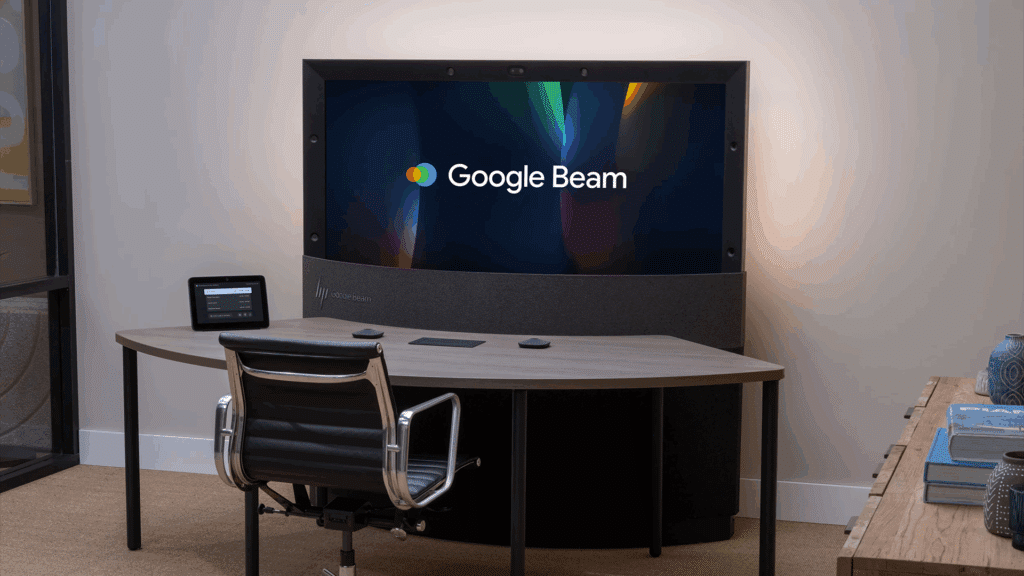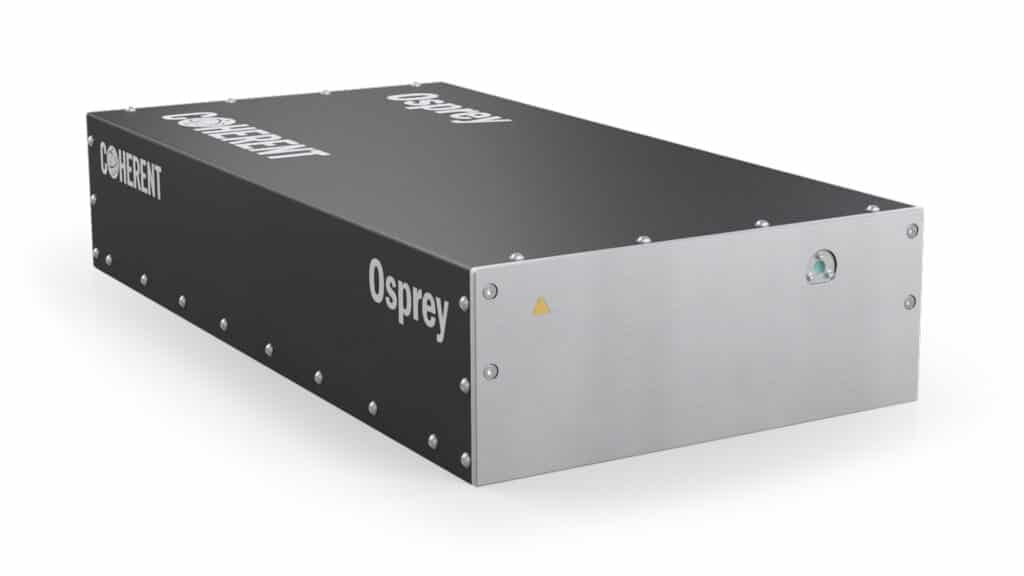The News: Ericsson expands its Private Network portfolio with the addition of a new IT-focused offering from the Ericsson subsidiary, Cradlepoint. Called NetCloud Private Networks, the software-defined solution is a subscription-based offering with an initial focus on traditionally lean IT-oriented enterprises, including the logistics, light manufacturing, government, large retail, healthcare, and hospitality sectors. Read the Ericsson Press Release here.
Ericsson Expands Private Networks Offerings with NetCloud Private Networks Add: Can It Help Ease CBRS Adoption?
Analyst Take: Cradlepoint’s new NetCloud Private Networks solution is now part of Ericsson Private Networks offerings, complimentary to Ericsson Private 5G. Now the Ericsson Private Networks portfolio consists of Cradlepoint NetCloud Private Networks, Ericsson Private 5G, Cradlepoint Private Network Endpoints, and Ecosystem Partners. With the solution’s addition, Ericsson broadens its private network portfolio targeted at enterprises and industries of all sectors and sizes. NetCloud Private Networks is currently available, initially targeting the U.S. market across the Citizens Broadband Radio Spectrum (CBRS).
I expect that the expansion of Ericsson Private Network Offerings can aid ongoing efforts to make CBRS easier to adopt for enterprises as well as communications service providers. Today Ericsson is shepherding a proposal, in cooperation with spectrum allocation service (SAS) providers and OnGo alliance, to craft a “Practical Generally Authorized Access (GAA) solution” to advance GAA coexistence support.
Today the CBRS bands consist of three tiers. Spectrum allocation for commercial operations and incumbent protections are managed by a SAS as shown:

The top tier consists of incumbents (federal government users) that occupy the top of the pyramid and are afforded complete protection from interference by commercial operations within the band. After federal incumbents, the middle layer is reserved for the Priority Access Licensees (PAL). PAL licenses consume up to 70 MHz in the lower 100 MHz of the band, licensed throughout U.S. counties, renewable every ten years, and receive interference protection from GAA users.
As such, CBRS PAL and GAA users must accede to incumbents, especially in coastal areas, which can occasionally cause temporary loss of spectrum resulting in service outages. In some situations, the paucity of alternative PAL resources drives the PAL licensees to seek alternative GAA spectrum when incumbent activity takes precedence. Channel sharing plans may help mitigate interference issues, but I find they have notable limitations such as reaching agreements are time consuming and the resulting available spectrum is diminished.
Key Takeaways: Ericsson Expands Private Networks Offerings
Accordingly, I am pleased to see Ericsson’s collaboration with SAS providers and the OnGo alliance has resulted in a change of direction by the OnGo Coexistence Task Group to develop the TS 2003 “Collaborative Coexistince Framework”. If approved, I anticipate the new TS can be included in OnGo Release 5 specifications to fulfill key objectives such as streamlining the approach to coexistence, decrease computational load, and improve adoption of GAA coexistence within the CBRS band.
Ultimately, I believe Ericsson Private Networks is now better positioned to meet the distinct requirements of enterprises seeking a software-defined solution with simpler management that can ease the adoption of CBRS spectrum in the build out and expansion of their private networks. Such capabilities are crucial for private networks to grow and advance in the U.S.
Disclosure: Futurum Research is a research and advisory firm that engages or has engaged in research, analysis, and advisory services with many technology companies, including those mentioned in this article. The author does not hold any equity positions with any company mentioned in this article.
Analysis and opinions expressed herein are specific to the analyst individually and data and other information that might have been provided for validation, not those of Futurum Research as a whole.
Other insights from Futurum Research:
Ericsson Vonage Deal Finalized
Ericsson, Nokia, and Samsung Do Airtel New 5G Deals in India
Image Credit: Cision News
Author Information
Ron is an experienced, customer-focused research expert and analyst, with over 20 years of experience in the digital and IT transformation markets, working with businesses to drive consistent revenue and sales growth.
He is a recognized authority at tracking the evolution of and identifying the key disruptive trends within the service enablement ecosystem, including a wide range of topics across software and services, infrastructure, 5G communications, Internet of Things (IoT), Artificial Intelligence (AI), analytics, security, cloud computing, revenue management, and regulatory issues.
Prior to his work with The Futurum Group, Ron worked with GlobalData Technology creating syndicated and custom research across a wide variety of technical fields. His work with Current Analysis focused on the broadband and service provider infrastructure markets.
Ron holds a Master of Arts in Public Policy from University of Nevada — Las Vegas and a Bachelor of Arts in political science/government from William and Mary.





